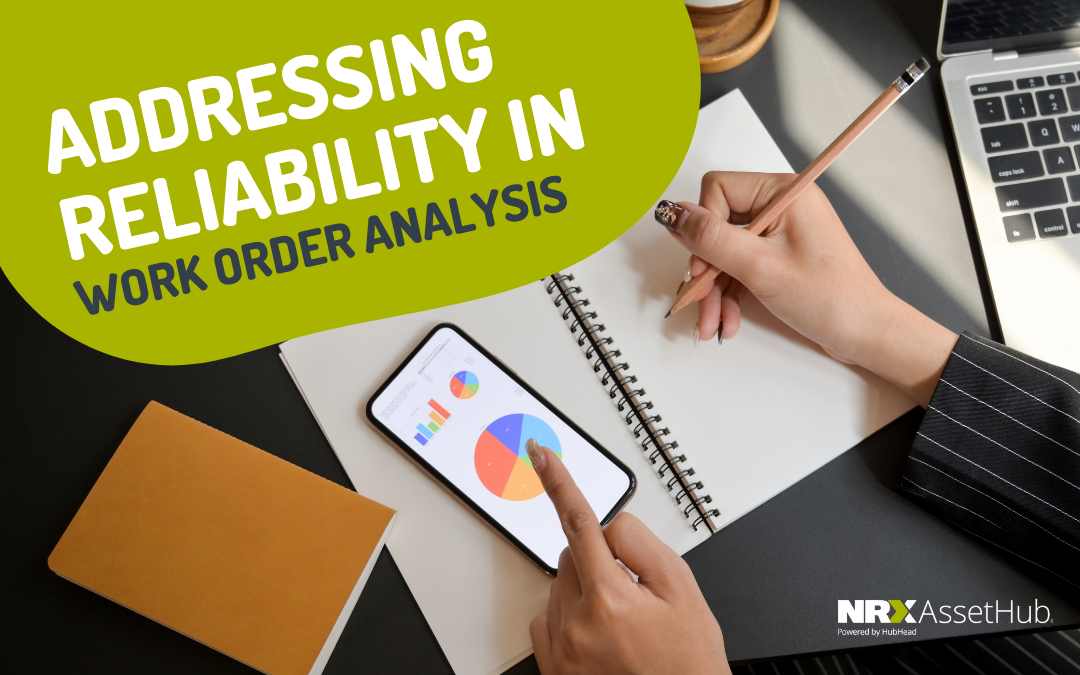Reliability is all about analyzing data and gaining better insights for future maintenance strategies. However, some companies are unable to conduct reliability analysis effectively due to unreliable or non-existent data. This is a challenge since it gives a misleading image of current operations and asset condition. Moreover, decisions aren’t made on time, which negatively impacts the overall business.
Poor data leads to poor decisions
Incomplete or missing data can lead to an array of problems since there isn’t much data to analyze in the first place. Data analysis is an essential step in decision-making. Much information is obtained from this data to base future decisions. Data collection is a crucial step that is necessary for establishing high-quality data. Ensuring you have a robust CMMS/ EAM database with all data points allows for more data collection, making decision-making easier. For instance, including aspects such as spare parts and location of failures can help you do more with your data regarding planning and scheduling.

When it comes to data collection, quality over quantity is something one should keep in mind. High-quality data not only reduces the risk of bad decision making but it also leads to consistent improvements in results. A good practice would be to ensure that your asset and maintenance master database has a clear cut definition of what useful quality data is so that consistency is maintained throughout the data entry process and easily searchable within the system. This will help engineers and teams find what they are looking for more efficiently.
Using CMMS/ EAM tools and automating data wherever possible, can also ensure that you are reporting accurate data. Filling in data gaps and fixing incomplete and incorrect data will benefit you in the long run in terms of strategic planning.

Clean data for better returns
High quality and reliable data can turn your organization around in no time. It is also crucial that your maintenance teams understand their role in entering, collecting, and storing data. Overall, if you have highly reliable data, you can base your decisions on that data and utilize it for meaningful research regarding critical choices and work orders. To learn more about how NRX Work Order Analysis can help you identify areas for improving reliability, click on one of our resources below, or book a demo with us to help you establish robust data.
Improving Spare Parts Management through Work Orders
Prioritizing Maintenance Work Orders Efficiently
Slashing Maintenance Costs through Work Order Analysis
Share this article




